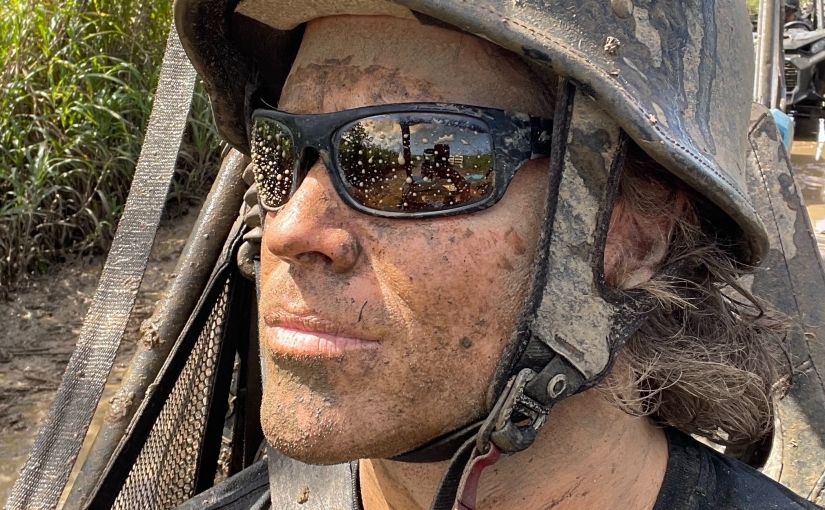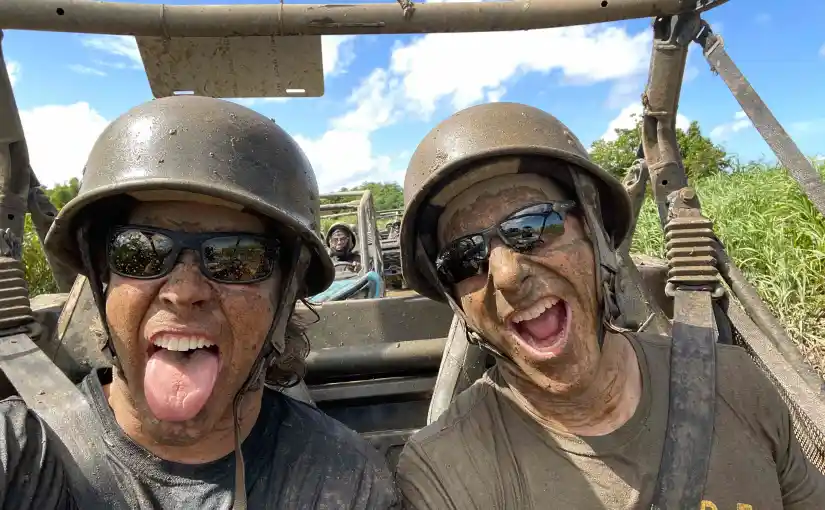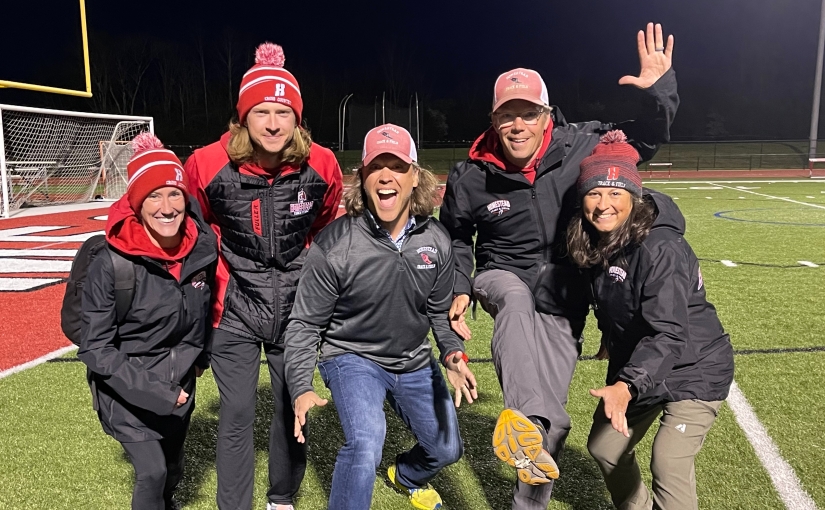Rapper Ice Cube is known for his hardcore gangster rap. As a member of NWA, he was the lyricist behind such classic hits as Fuck The Police, Gangsta Gangsta and Straight Outta Compton. As a soloist, Ice Cube penned more angry songs like, Natural Born Killaz, AmerciKKKa’s Most Wanted and We Had To Tear This MothaFucka Up. It seems Ice Cube could use a hug.
But Ice Cube’s biggest hit was the smooth groove It Was A Good Day. In the song, Cube recounts the events of a good day. In fact, the whole song is simply a long list of good things that happened to him in a single, ordinary day. In this positive recounting of a good day in South Central L.A., with no barkin from the dog and no smog, we can all learn a valuable lesson about good days.
Creating Good Days
To enjoy good days you need to know what a good day looks like to you. Because once you know what success looks like you can set up a routine to rack up good day points from the moment you wake up until you go to sleep at night. That’s what I try to do every day, like everyday people.
My Good Day
My day starts like Yung Gravy with a strong morning routine. (Floss 3 times baby I’m so clean.) When I wake up, the first thing I do is put a big smile on my face. When I do, I not only feel good right away, but I also give myself a point for day.
Then, if I get out of bed within one or two minutes of my alarm I give myself another point. I make my half of the bed and get more points. I walk to my bathroom and I do a little bit of light stretching. I weigh myself. And I take a long drink from the water bottle I set next to my sink the night before. For each of these activities, I give myself points. If my weight is good I get bonus points. Bing Bing Bing.
The rest of my day works the same way. If I am sitting at my computer by 6:10 am writing I am racking up points. When I publish a blog post, I earn more points. Then I make breakfast and pack my lunch at the same time. I give myself points for both eating well and saving myself money for not going out to eat. Cha-Ching-Ching
I give myself points for leaving for the office by a certain time each morning. When I sit down at my desk at my office I earn more points for creating my Daily Success List. Then I rack up more points for crossing things off that list, like Listerine.
In the evening I earn parenting points for things like coaching my daughter Ava’s track and field team, or my son Magnus’ football team. I rack up points helping with homework and driving my son Johann to piano or saxophone lessons. And for having a good conversation in the car along the way home.
I earn spouse points by spending meaningful quality time with my wife Dawn. That could be as simple as having a good conversation, watching a movie or a TV show together, taking a walk, or planning an upcoming adventure. You have to earn the spouse points every day. It’s fundamental. Like hitting your free throws, sinking your 2-foot putts or wearing deodorant.
I rack up points by eating well, exercising and reading. I earn points when I reach out to a friend or family member. And when I spend quality time with my 2-year-old Border Collie, Lola. I earn points when I laugh or make other people laugh. I earn extra points if milk sprays out of someone’s nose.
Finally, I earn points by wrapping up my day with brushing and flossing. And by filling my water bottle for the next morning so I can do it all over again. And if I get to bed by my predetermined time I get bonus points. Not only because I met my own expectations for the day, but because I put myself in a position to have a great day again tomorrow.
Key Takeaway
A good day is not about extraordinary events. It is simply a day spent doing the things you value. It is a day when you execute your habits and routines. A day when you live the way the ideal you lives. Give yourself points all day long for living up to your own expectations. You will find great rewards in keeping your commitments to yourself and others. You will enjoy the process of improving yourself and your relationships with your family and friends. You will score career points through your productivity and steady accumulation of results. And by keeping a mental tally of all the positive actions you take throughout the day when you lay down to sleep at night you can take great comfort in knowing that today was a good day. And you made it happen.
If you know someone who could benefit from this message, please share it with them.
+For more of the best life lessons I have learned check out my book, What Does Your Fortune Cookie Say? from Ripples Media.









